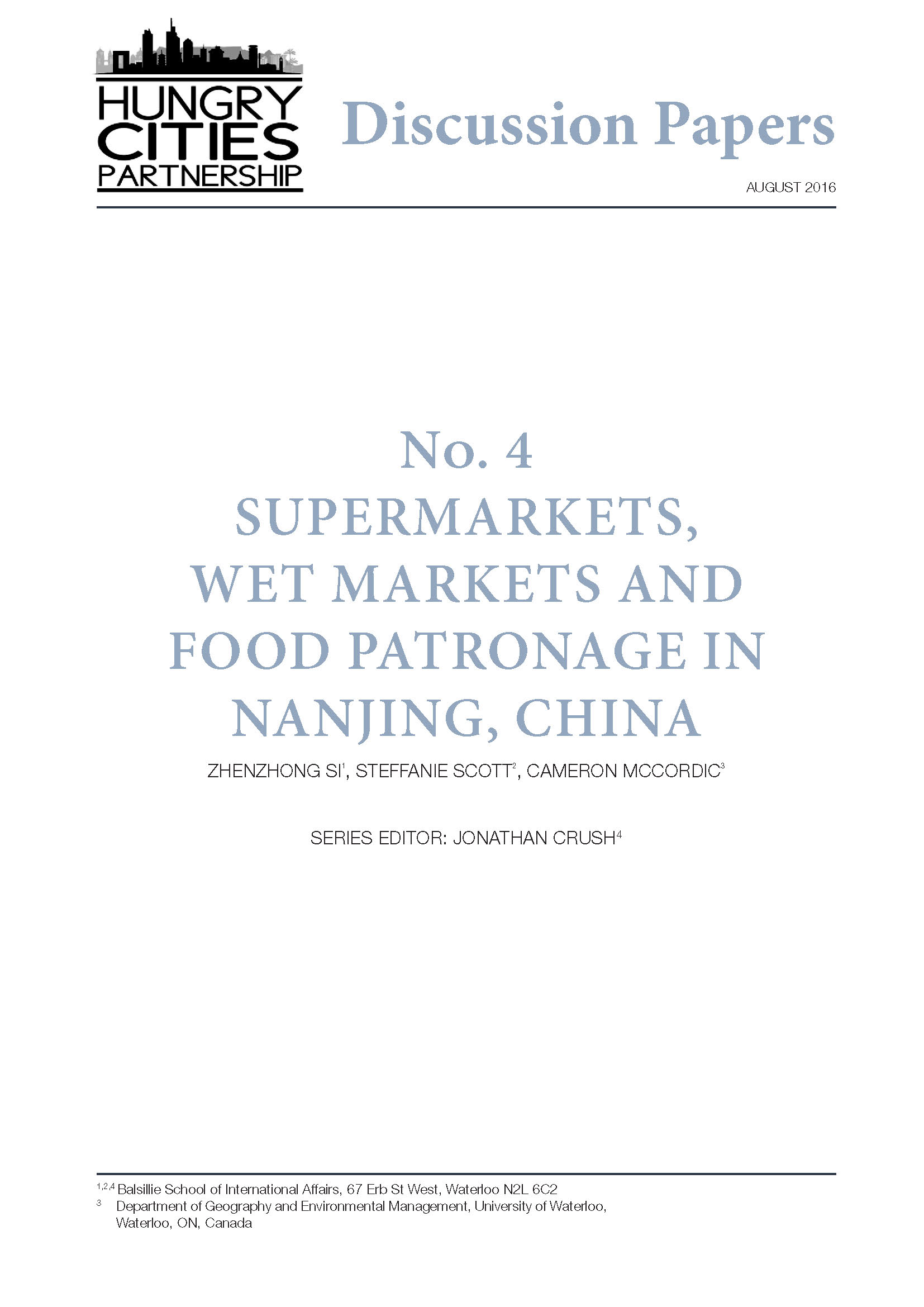Although supermarkets have become a dominant food outlet for urban residents in developed countries, studies of food purchasing in developing countries such as China report a persistence of traditional food outlets, despite a proliferation of supermarkets over the past two decades. Yet, little is known about urban residents’ use of various food sources in the Chinese context. Building on the debate over the rise of supermarkets and the persistence of traditional food outlets, this paper analyzes the landscape of competing food sources including supermarkets, wet markets, restaurants, online food markets, urban agriculture and others. Based on the HCP citywide survey of 1,200 households in Nanjing, China, the paper looks at the purchasing frequency of a comprehensive list of food items in different food retail outlets, the accessibility of these outlets, and also the use of different food sources. We found that while supermarkets are the top source for purchasing staple grains, dairy products and processed food, wet markets still prevail for purchasing fresh produce and meat. The data demonstrates the high level of food accessibility in Nanjing and also indicates the significance of food sources beyond conventional retailing outlets, such as online food markets, urban agriculture and restaurants, in people’s daily lives.

